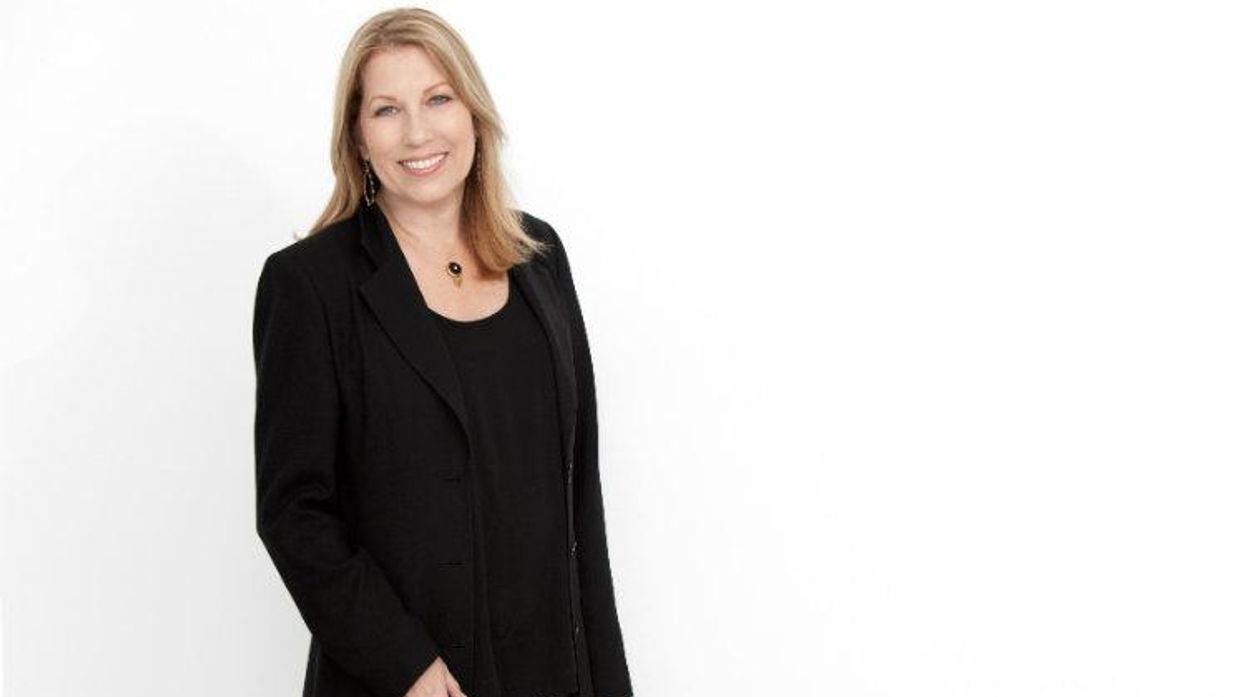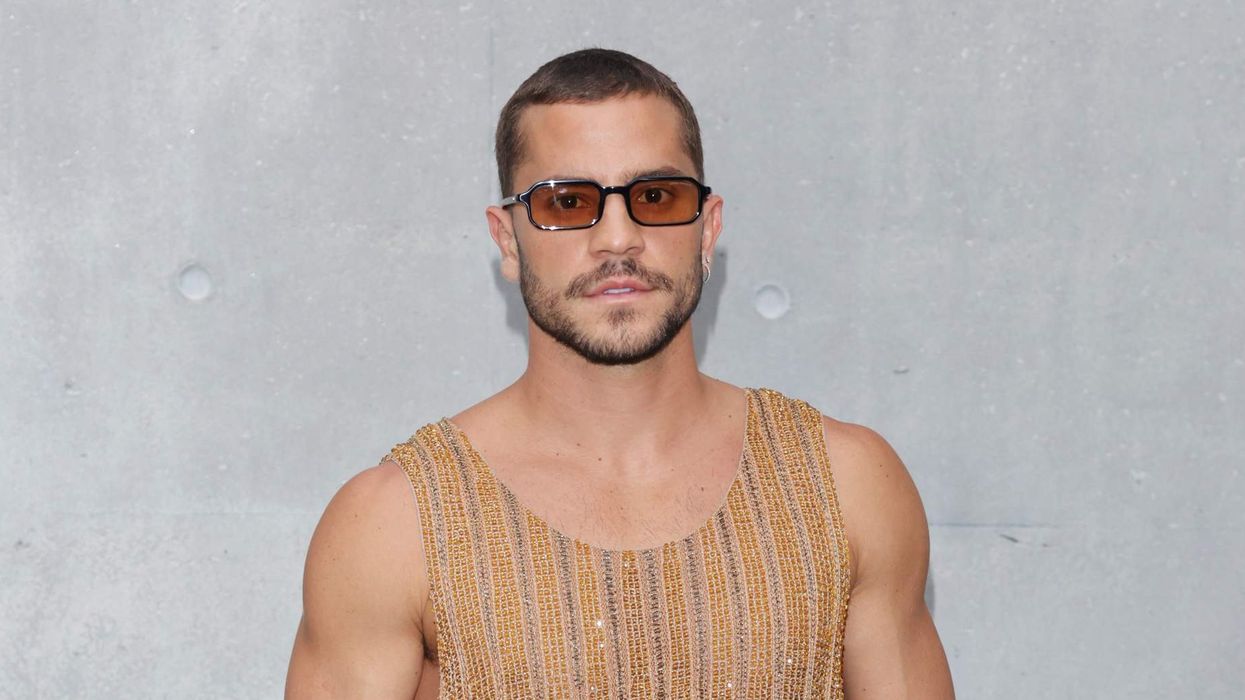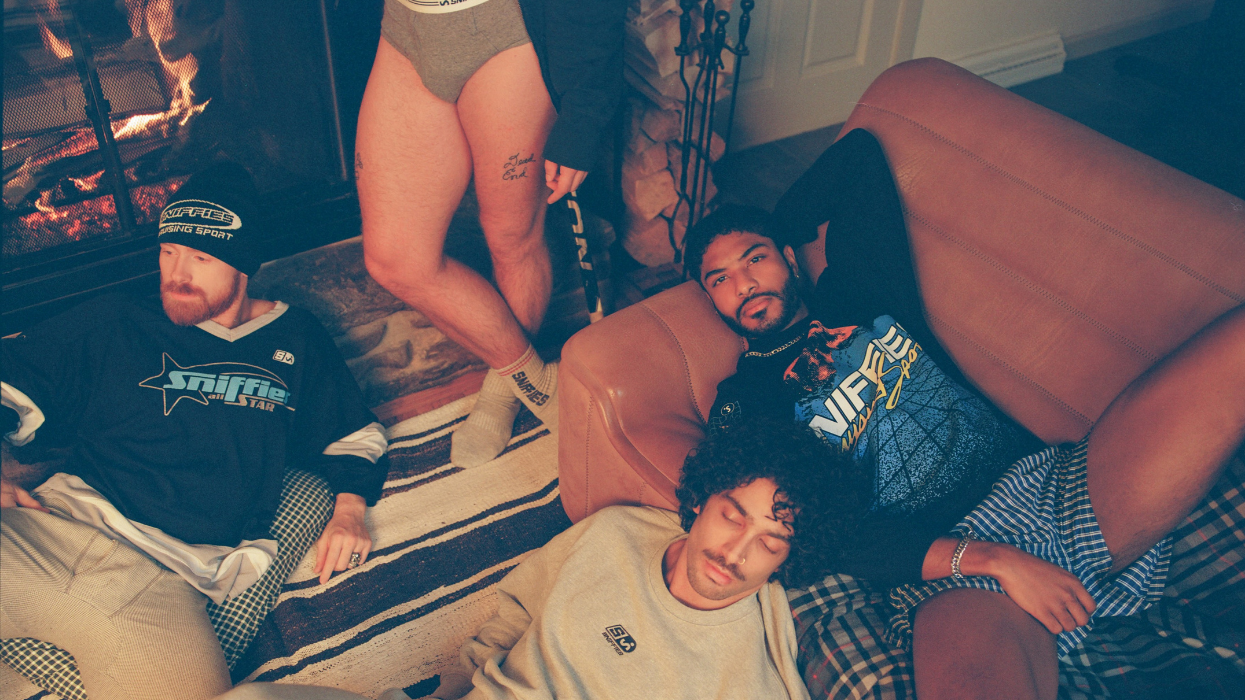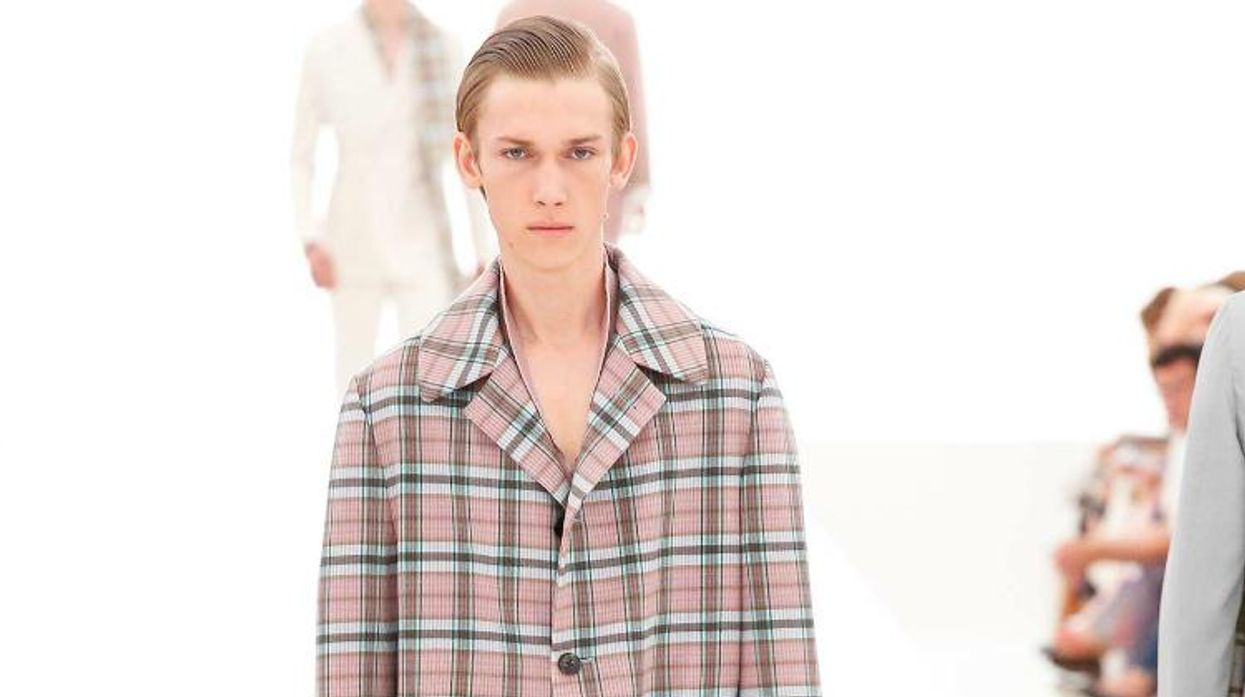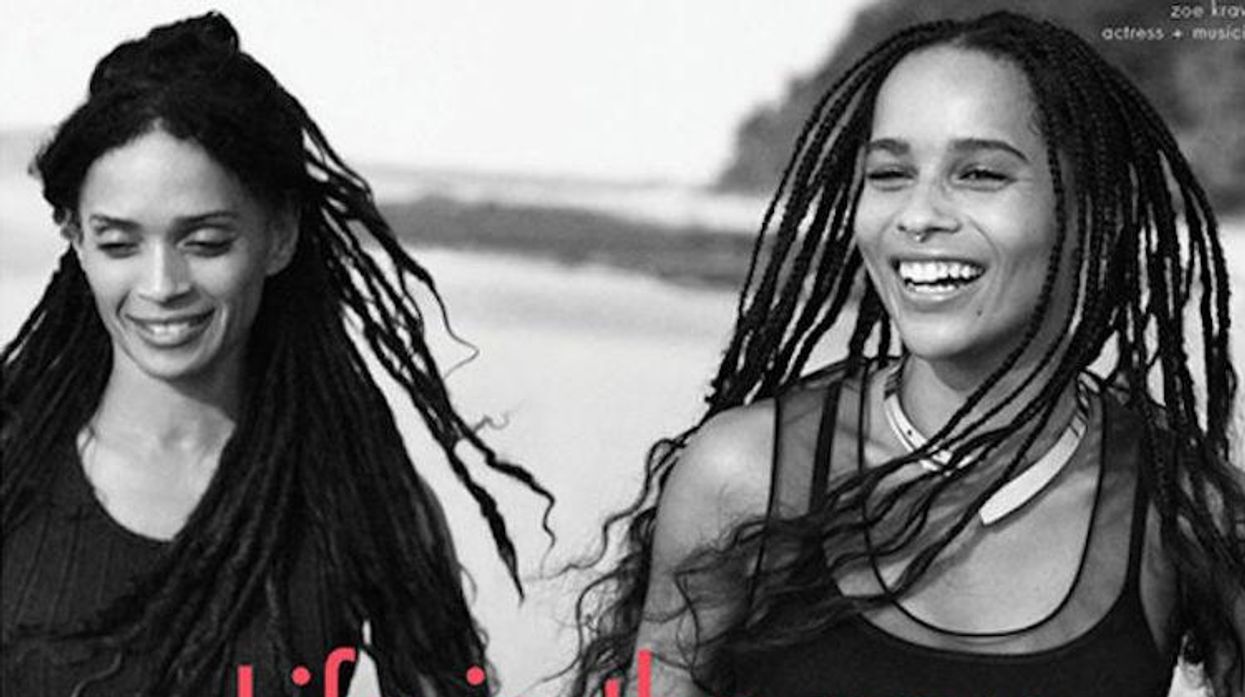There was a time not long ago when American Apparel seemed like it was headed for extinction. After sexual harassment scandals and claims of bankruptcy a few years ago, it seemed that the American-made brand wouldn't ever make it back out of the red. After the ousting of founder Dov Charney back in December, however, came Paula Schneider, the company's new CEO who's made strides in implementing a new vision for the industry upstart.
A New Direction
Taking over the helm of a company like American Apparel, which has had $340 million in losses since 2010 and is another $200 million in debt, is nothing to be done lightly. Schneider, who boasts more than 30 years of experience in the fashion industry, has embraced that mindset that this is a true "turnaround" for the company. "We have short-term plans for financial stability," she says. "This is the most important company in North America, and to the 10,000 people that work here, it's the most important company in the world." Schneider insists that the most important thing is for everyone at the company to remain employed. "That starts with design and the right product," she explains.
Some of those products will come in the form of a new menswear line. "Menswear has been trending down," she says. "We haven't offered a lot of newness in the last couple years." To remedy this, American Apparel brought in Joseph Pickman, who has worked with Band of Outsiders. The company runs its focus groups from within, and have gotten a positive response to the new designs they've been working on.
LGBT Rights Advocacy Then and Now
After the massive visibility of American Apparel's "Legalize Gay" T-shirts during the Prop. 8 push in California, the brand was viewed as a source of controversy to some, and applaud-worthy forward thinking to others. Schneider reiterates that the company is pro-same-sex marriage, domestic partner healthcare, and it wants to foster an inclusive environment for employees and remain open-minded about culture.
AA just signed a co-venture agreement with the HRC, and it will become the organization's Pride sponsor. Jonny Szymanski, who's been with the company for more than a decade, was part of the group that spearheaded the brand's popular "Legalize Gay" campaign, and he promises a new, more-inclusive design to be released early this summer. Instead of a written message in a fashion landscape where "logo fatigue" can prove fatal to some companies, AA has opted for a "3D image of an all-encompassing equal sign," Szymanski says. Equality will be one of the great debates of the year, with the Supreme Court hearing arguments on gay marriage next week.
Expanding the Brand
American Apparel isn't for everyone, and it doesn't try to be. "Our consumer is a psychographic, not a demographic," Schneider admits. "We sell to a 15-year-old boy, and a 35-year-old woman who might have children -- we have a wide breadth of opportunity to be a part of the brand." The 15-year-old mentioned, of course, is Brendan Jordan, the ephemeral sweetheart of the internet who turned it out during a local news broadcast and was immediately beamed into e-stardom, landing him his own campaign with the company whose clothes he wore during the footage.
As part of its expansion the brand will also launch an online magazine in July that, according to Cynthia Erland, a marketing veteran, will "communicate our very solid community involvement in LGBT rights, human rights, sustainability, recycling, and immigration reform." The socially-forward company hopes to maintain its brand's DNA as it prepares for the future.
"This company has a voice," Schneider says. "It can truly make a difference. The way we do it, the way we conduct ourselves, there have been distractions from that." Schneider confesses that the company may not have much money, but they have a "big voice and a lot of followers and influence," and she hopes to use them during this turnaround phase in the company and to help support agendas they believe in.


